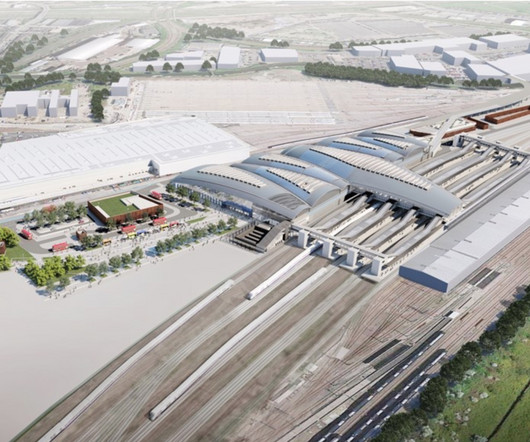TYPES OF CONCRETE MIX DESIGN
The Constructor
NOVEMBER 15, 2011
Nominal Mixes In the past the specifications for concrete prescribed the proportions of cement, fine and coarse aggregates. Nominal Mixes In the past the specifications for concrete prescribed the proportions of cement, fine and coarse aggregates.







































Let's personalize your content